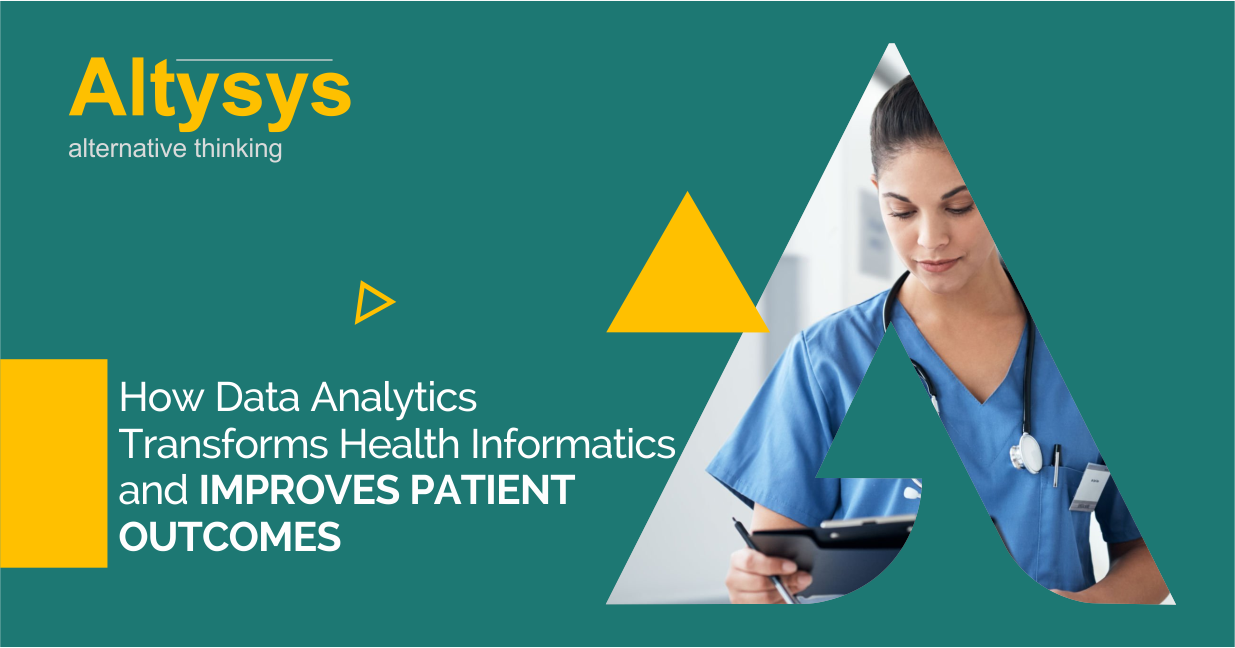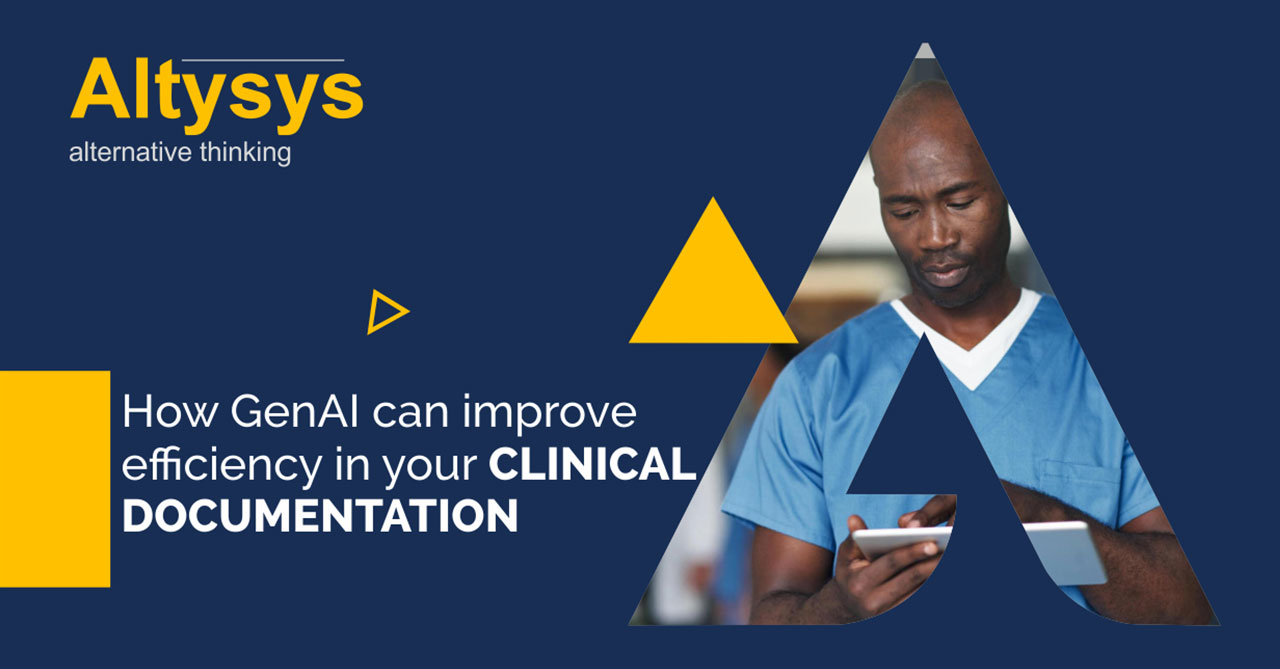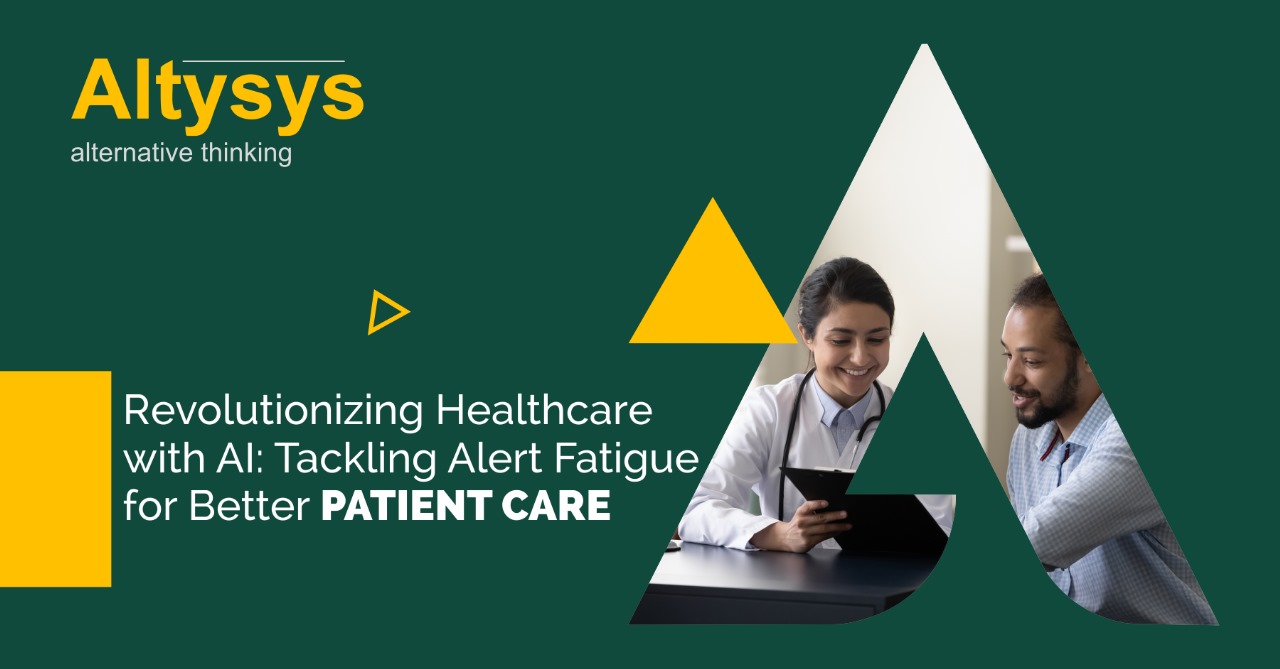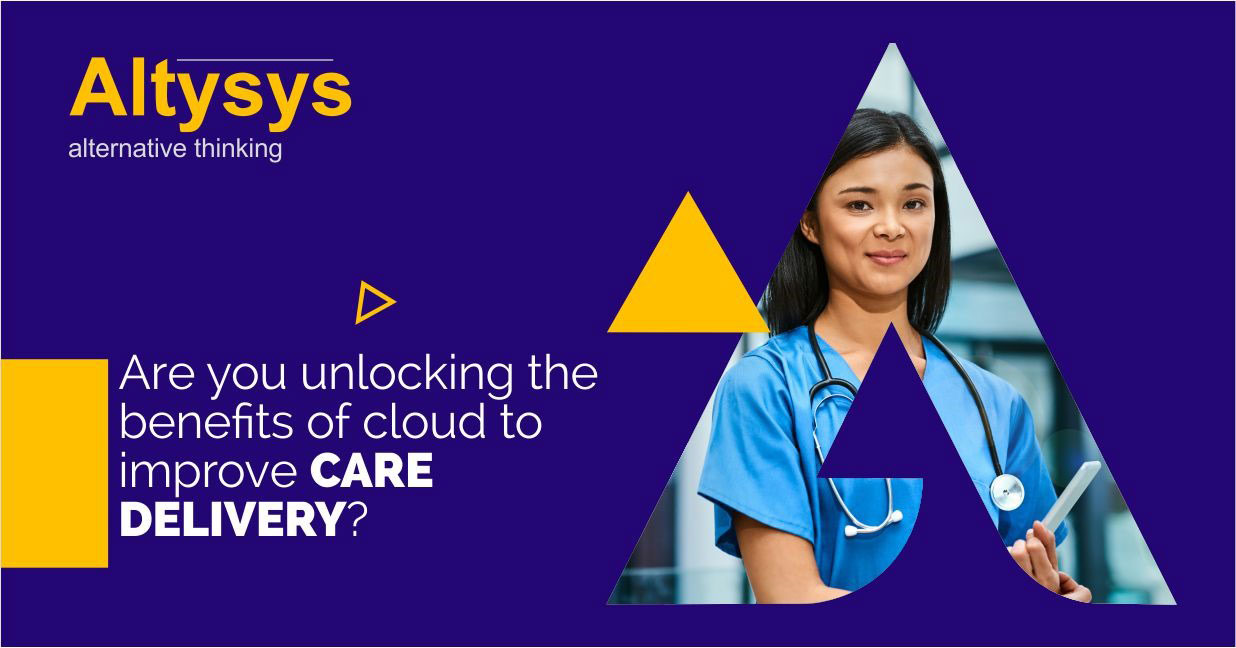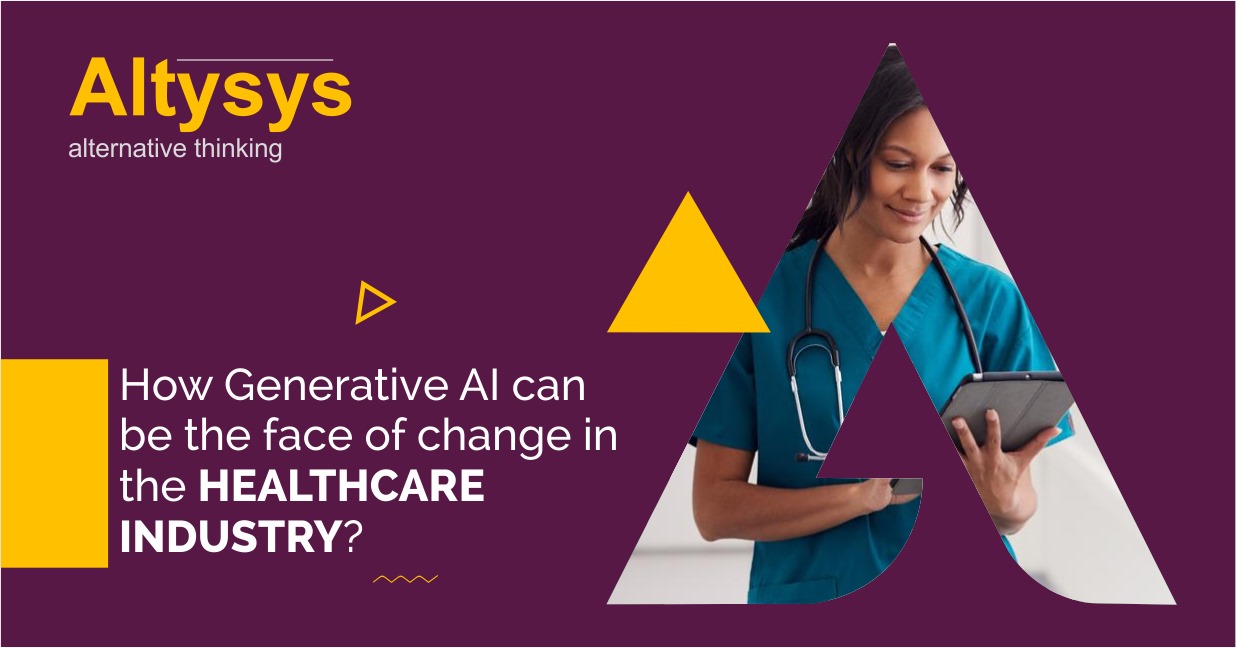With corporate functions accounting for a major chunk of the healthcare spend, hospitals must identify innovative means to mitigate wastage.
Over the last few years, healthcare costs have been on the rise in developed and developing nations alike. In India, medical inflation was recorded at 14% in 2023, and in the US, costs have been rising consistently by over 5-6% annually.[1], [2]
Rising cost of healthcare typically trickles down to the patients in the form of higher health insurance costs and increased out-of-pocket expenditure. However, not all of this increase in the cost of care arises from medical expenses.
Administrative spend accounts for nearly 25% of overall healthcare spend in the US.[3] This number increased further in 2022, when administrative spend grew by 50%. This is a key impediment in delivering value-based care to patients in the long term. With innovative technologies like GenAI, hospitals can mitigate a significant part of this spend, and lower the cost of care delivery for payers and patients – while finding enhanced profitability to support their operations.
What contributes to high administrative spend?
Looking closer at the components of administrative spend reveals that hospitals are not executing corporate functions efficiently. Of $250bn of total administrative expenses of hospitals, 46% is spent on corporate functions.[4]
These include processes like drafting RFPs for procurement, creating POs, building reports, drafting SOPs, billing, compliance, and communicating with payers and vendors. When new hires are deployed to execute these processes, they take longer due to a lack of understanding of systems and workflows.
While hospitals have adopted Hospital Management Systems (HMS) to digitize these workflows, employees continue to execute them manually. For instance, drafting RFPs and SOPs can take anywhere between a few hours to days, wasting precious time of administrative staff.
Lowering hospital administrative spend with GenAI
In the context of administrative workflows, Generative AI (GenAI) is typically exploited for the following capabilities:
- Summarisation
- Text drafting
- Advanced search
- Knowledge management
- Knowledge extraction
These capabilities complement business process automation (BPA) to significantly accelerate administrative workflows, thus reducing administrative expenses for hospitals.
Take a look at the ways in which the technology can be applied across key administrative functions.
#1. Claims adjudication
Claims adjudication is typically preceded by the extraction of settlement invoices from hospitals, which are structured in different formats. GenAI can extract this data from non-standard formats, and eliminate the need for manual data extraction.
In addition, it can classify claims based on coverage of the policy. This helps decision-makers ensure that the payout is in alignment with the terms of the policy.
#2. Health plan marketing and sales
By analyzing patient data and history, generative AI can create personalized marketing material to enhance the conversion rates for healthcare plans. In addition, it can streamline the purchase experience for buyers through conversational interfaces, easing enrolment, and answering customer queries about their healthcare plans.
#3. Physician administration costs
In healthcare facilities, clinical managers spend a significant amount of time routing the right cases to clinicians and enabling collaboration between doctors of different specialties in complex cases.
Generative AI can abstract away most of the manual work involved in the process, by optimizing clinician assignments and scheduling appointments across the organization. Moreover, it can ease cross-speciality collaboration by enriching the context of the case, enabling clinicians to arrive at the right decisions faster.
#4. Legal and Compliance
Today, most hospitals execute compliance processes on paper, which requires multiple human resources to comb through legal documentation and patient files. A significant part of these processes adds little to no value to core operations.
Regulatory experts will find GenAI highly useful for extracting relevant data from documents and analyzing text data by making use of advanced search capabilities. Moreover, where multimedia files like images and PDFs are involved, multimodal models can be applied to extract, identify, and summarise relevant details, making regulatory filings faster and more efficient.
Bringing it together
Generative AI adoption cannot be a siloed undertaking. Hospitals must implement the technology in tandem with other levers like HMS, robotic automation, and advanced data architectures. This is important to ensure the security of patient data and facilitate inter-department collaboration. Otherwise, handoffs between various teams can inject delays and security risks in the absence of a centralized, secure environment.
Moreover, using generic GenAI tools could prove risky, especially due to issues like response variability, and non-specialized models which may not be suited for the healthcare domain. That’s why, hospitals looking to transform their administrative function for reduced operating costs will find it crucial to employ internal teams or partners that have prior experience in hospital digital transformation.
[1] https://www.livemint.com/money/personal-finance/medical-inflation-in-india-reaches-alarming-rate-of-14-reveals-report-11700634947658.html
[2] https://www.statista.com/statistics/720767/medical-cost-trend-in-us/
[3] https://www.mckinsey.com/industries/healthcare/our-insights/administrative-simplification-how-to-save-a-quarter-trillion-dollars-in-us-healthcare
[4] https://www.mckinsey.com/industries/healthcare/our-insights/administrative-simplification-how-to-save-a-quarter-trillion-dollars-in-us-healthcare






